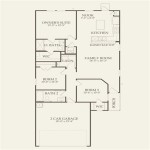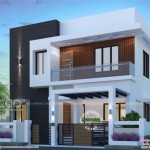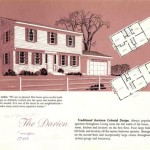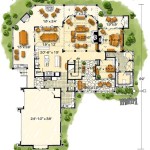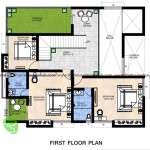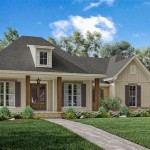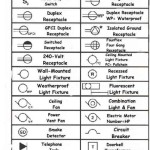Essential Aspects of House Plan Layout and Design
The layout and design of a house are crucial elements that can significantly impact its functionality, comfort, and aesthetic appeal. When planning a new home or renovating an existing one, careful consideration should be given to the following essential aspects to create a space that meets your needs and aspirations.
1. Functional Flow and Circulation
A well-designed house plan should ensure smooth flow and circulation throughout the space. The layout should facilitate natural movement between different areas, such as the living room, kitchen, dining room, and bedrooms. Consider the frequency of use and proximity of rooms to optimize functionality and minimize wasted space.
2. Adequate Storage
Storage is essential for keeping a home organized and clutter-free. Built-in storage solutions, such as closets, cabinets, and shelves, should be incorporated into the design. Consider the storage needs for each room and include sufficient space for clothing, linens, kitchenware, and other possessions.
3. Natural Lighting and Ventilation
Natural lighting and ventilation are vital for creating a comfortable and healthy living environment. Large windows and skylights allow natural light to penetrate the space, reducing the need for artificial lighting and improving energy efficiency. Cross-ventilation through windows and doors promotes air circulation, maintaining air quality and regulating temperature.
4. Privacy and Security
The layout should prioritize privacy and security for the occupants. Private areas, such as bedrooms and bathrooms, should be separated from public areas, and the main entrance should be designed to deter unwanted access. Consider using curtains, blinds, or other privacy screens to control light and ensure visual security.
5. Aesthetic Appeal
The aesthetic appeal of the house plan is subjective, but some universal design principles can enhance the overall appearance. Symmetry, balance, and proportion are important considerations, as well as the choice of materials and finishes. The exterior and interior of the house should complement each other and create a cohesive design scheme.
6. Energy Efficiency
In today's environmentally conscious world, energy efficiency is a crucial factor in house design. The layout should maximize natural light, reduce heat loss, and promote energy conservation. Consider installing energy-efficient appliances, using sustainable building materials, and incorporating energy-saving features into the design.
7. Future Needs and Flexibility
When planning a house layout, it is wise to consider future needs and flexibility. Life circumstances can change, and the house should be adaptable to accommodate different requirements. Consider designing flexible spaces that can be easily modified or reconfigured as needed, such as open floor plans or multipurpose rooms.
By carefully considering these essential aspects, you can create a house plan layout and design that meets your specific needs, enhances functionality, and creates a comfortable, inviting, and aesthetically pleasing living space.

Small House Design 2024005 Pinoy Eplans Modern Plans Floor

Small House Plans Popular Designs Layouts

Floor Plans Types Symbols Examples

House Plans How To Design Your Home Plan

Small House Design Shd 2024007 Pinoy Eplans One Y Bungalow Plans Floor

House Plans How To Design Your Home Plan

House Plans How To Design Your Home Plan

Top 5 Modern House Plans With Photos Floor Archid

Floor Plans Types Symbols Examples

Floor Plan Creator And Designer Free Easy App

